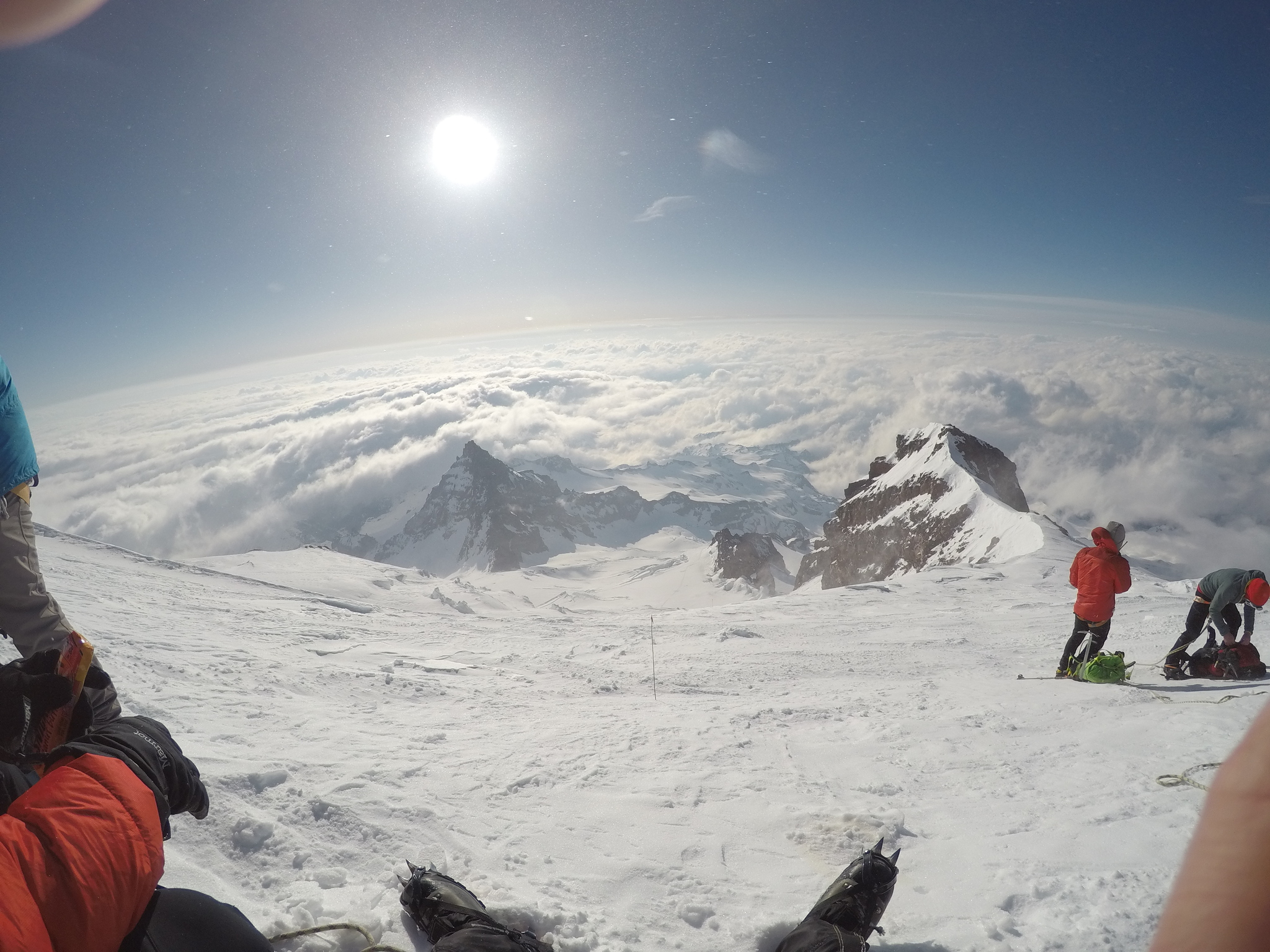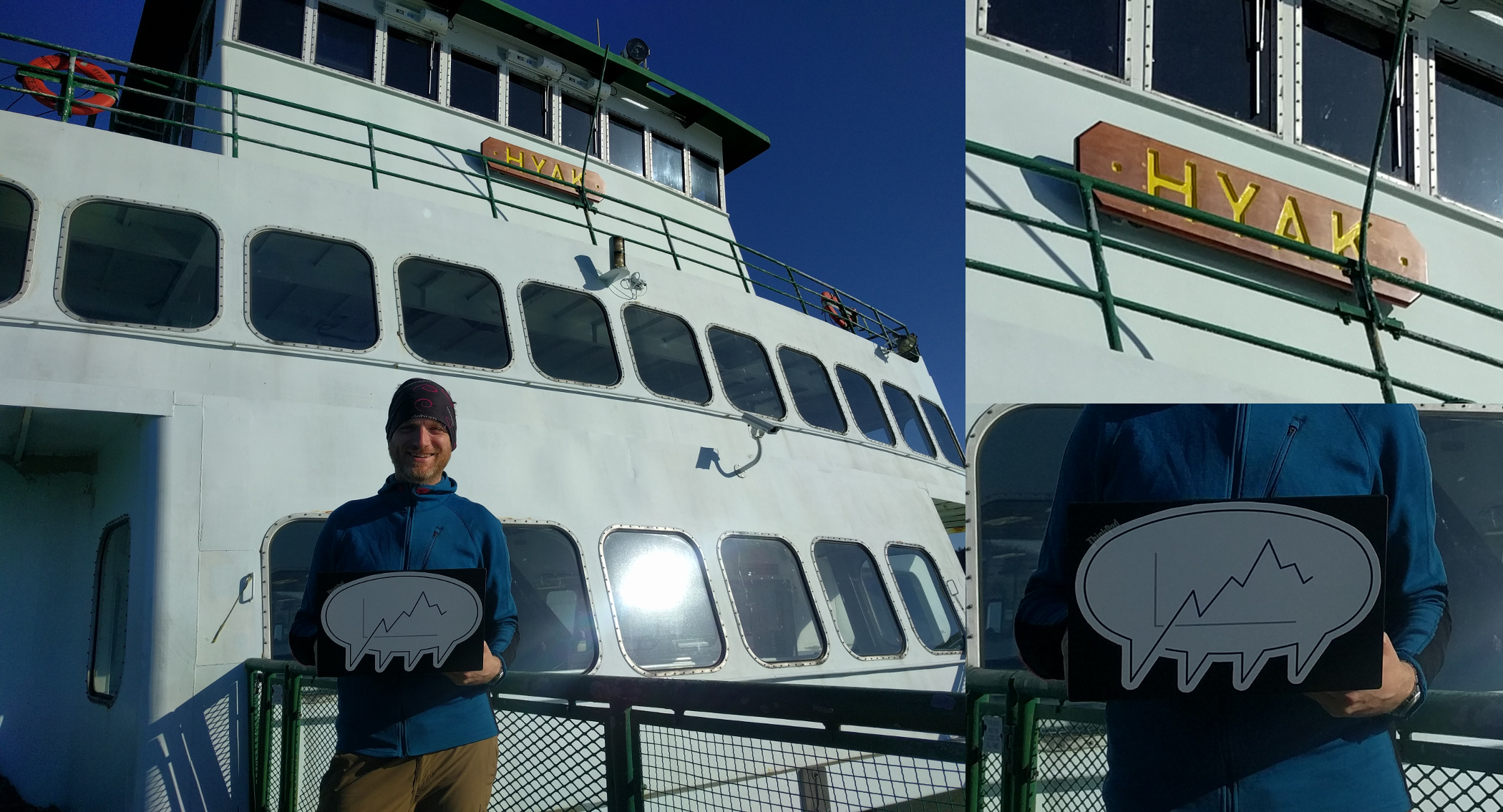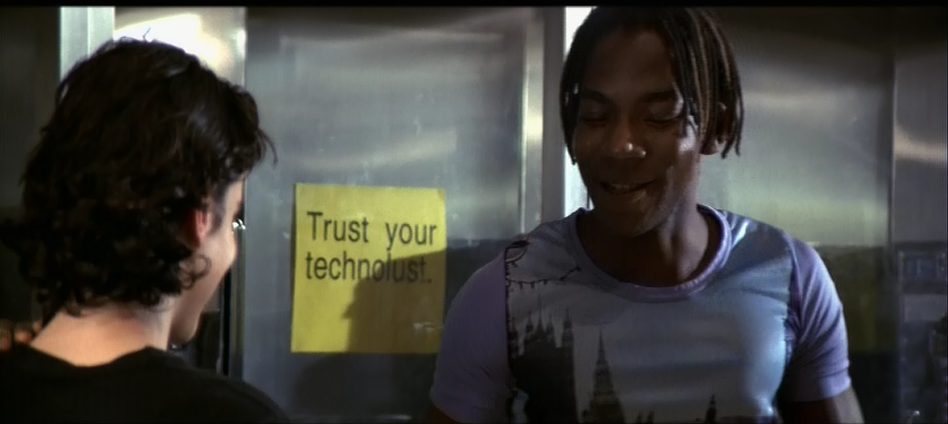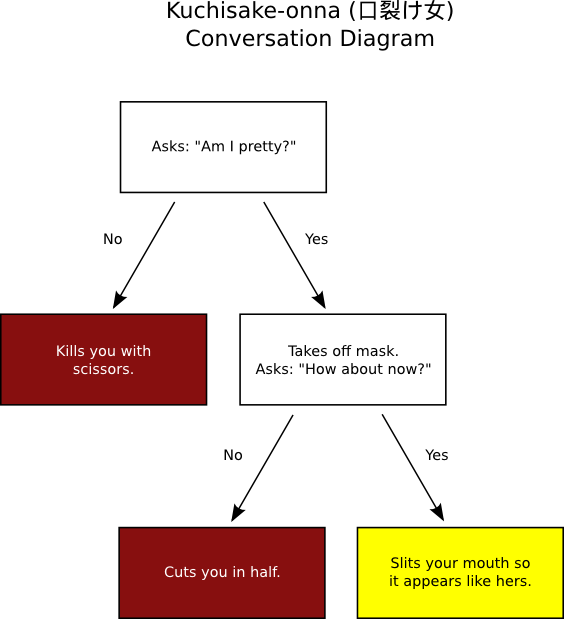Mount Rainier is an enormous glaciated volcano in Washington state. It’s 4,392 meters tall (14,410 ft) and extraordinary prominent. The mountain is 87 km (54m) away from Seattle. On clear days, it dominates the skyline.

Rainier’s presence has shaped the layout and structure of Seattle. Important roads are built to line up with it. The buildings on the University of Washington’s campus, where I work, are laid out to frame it along the central promenade. People in Seattle typically refer to Rainier simply as “the mountain.” It is common to here Seattlites ask “is the mountain out?”
Having grown up in Seattle, I have an deep emotional connection to the mountain that’s difficult to explain to people who aren’t from here. I’ve seen Rainier thousands of times and every single time it takes my breath away. Every single day when I bike to work, I stop along UW’s “Rainier Vista” and look back to see if the mountain is out. If it is, I always—even if I’m running late for a meeting—stop for a moment to look at it. When I lived elsewhere and would fly to visit Seattle, seeing Rainier above the clouds from the plane was the moment that I felt like I was home.
Given this connection, I’ve always been interested in climbing Mt. Rainier. Doing so typically takes at least a couple days and is difficult. About half of people who attempt typically fail to reach the top. For me, climbing rainier required an enormous amount of training and gear because, until recently, I had no experience with mountaineering. I’m not particularly interested in climbing mountains in general. I am interested in Rainier.
On Tuesday, Mika and I made our first climbing attempt and we both successfully made it to the summit. Due to the -15°C (5°F) temperatures and 88kph (55mph) winds at the top, I couldn’t get a picture at the top. But I feel like I’ve built a deeper connection with an old friend.
Other than the picture from UW campus, photos were all from my climb and taken by (in order): Jennifer Marie, Jonathan Neubauer, Mika Matsuzaki, Jonathan Neubauer, Jonathan Neubauer, Mika Matsuzaki, and Jake Holthaus.























